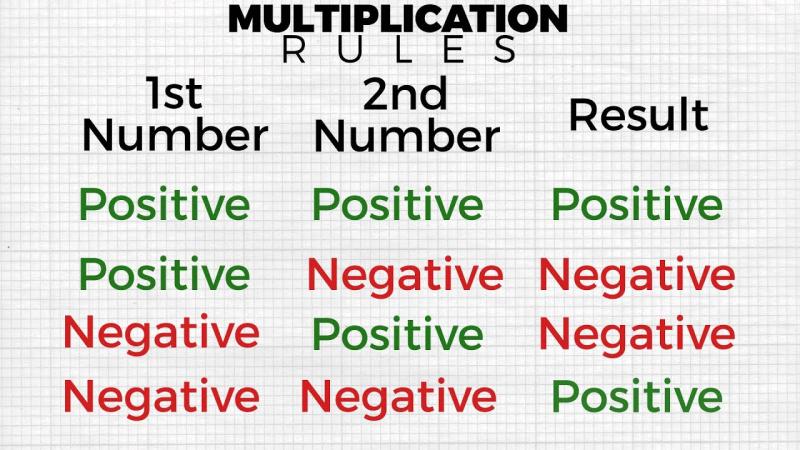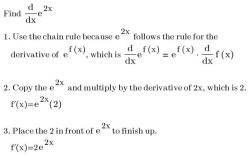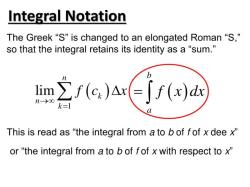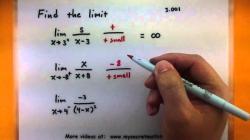Do two negatives added together make a positive?
No, adding two negatives together does not result in a positive value. When you add two negative numbers, the sum is negative. This is a fundamental rule in arithmetic and algebra.
For example:
Here, both numbers are negative, and their sum is also negative.
To understand this concept, you can think of adding negative numbers as a process of moving to the left on the number line. Adding a negative number is equivalent to moving in the negative direction. When you add two negative numbers, you're essentially moving farther to the left, resulting in a negative sum.
In summary, the rule for adding two negatives is that the sum is negative. It is only when you multiply two negatives that the result is positive.
Here's a breakdown of adding negative numbers:
1. Do Two Negatives Add to a Positive?
No, adding two negative numbers together results in a negative number, not a positive one.
2. How Addition of Negative Numbers Works:
- Number Line: Imagine a number line, where positive numbers lie to the right of zero and negative numbers to the left. Adding a negative means moving further left, resulting in a more negative sum.
- Example: -5 + (-3) = -8. You move 5 steps left (-5), then 3 more steps left (-3), ending up at -8, which is more negative than either starting number.
3. Practical Scenarios:
- Debt: If you owe $5 (-5) and then borrow another $3 (-3), your total debt increases to $8 (-8).
- Temperature: If it's -5 degrees Celsius and the temperature drops 3 more degrees (-3), it becomes -8 degrees, a colder temperature.
4. Relationship with Subtraction:
- Subtracting a positive equals adding a negative: 5 - 3 is the same as 5 + (-3), both resulting in 2.
- Subtracting a negative equals adding a positive: 5 - (-3) is the same as 5 + 3, both resulting in 8.
5. Application in Mathematical Operations:
- Solving equations: Understanding negative addition is crucial for solving algebraic equations involving negative numbers.
- Vector addition: In physics, negative numbers represent opposite directions. Adding vectors with negative components requires applying negative addition rules.
- Financial calculations: Dealing with debts, losses, or expenses involves negative numbers and their addition.
Key Points:
- Adding two negatives moves you further away from zero on the number line, resulting in a more negative number.
- Consider practical scenarios to visualize the concept.
- Negative addition and subtraction are closely related.
- It's essential for various mathematical operations across different fields.













